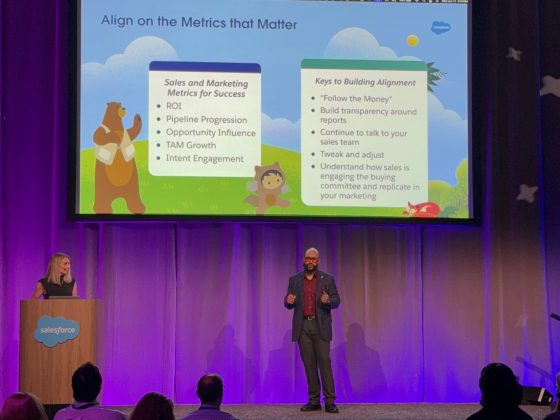Leading a school takes more than understanding policies or managing operations, it requires heart. Great educational leaders know how to balance empathy with accountability, all while navigating the needs of students, staff, and parents. Brian Cooklin has spent decades leading international schools, and along the way, he’s developed a thoughtful, people-first approach to leadership. His focus on empathy doesn’t mean lowering standards, it means creating a culture where people feel heard, supported, and motivated to grow. The result? Stronger communities, more engaged staff, and better outcomes for students.
Transforming School Culture Through Empathy
Brian vividly remembers one major leadership test. He had just stepped into the role of head at an international school that spanned kindergarten through high school, despite his experience being rooted solely in senior education. Most new administrators in his position might have leaned on existing systems or brought in consultants. Brian chose a different path. Over the course of three weeks, he sat down with all 285 staff members, one by one. Those conversations didn’t just give him insight into the school’s culture, they reshaped his entire philosophy on leadership.
Finding Hidden Talent
“The first step in leading with empathy is understanding your people, just like you need to know your students as individuals,” Brian explains. Those 285 interviews uncovered something surprising: many staff members were working in roles that didn’t reflect their true qualifications or potential. One security guard turned out to be a trained architect, so Brian asked him to design a new science block. A classroom assistant was actually a licensed school psychologist, and she was moved into a role where her expertise could support younger students who needed it most. And these weren’t rare exceptions. “I discovered many people who were overqualified for the roles they were in, and some who were underqualified,” he recalls. The experience left a lasting impression. To lead with empathy, he learned, you have to see people clearly. Because you can’t help them grow if you don’t know who they really are.
Breaking Down Barriers
Not every situation Brian encountered was as straightforward. One of his most challenging assignments involved taking over a school where collaboration was actively discouraged. “The previous director thought divide and conquer was the right way to run the establishment,” he recalls. Staff members had been trained not to talk to each other or work together. Changing that culture required patience and genuine commitment. He started with listening, really listening, to what people were saying. “You have to hear properly. Where are they coming from? What are they actually expressing?” This meant asking open-ended questions and being present in the building where staff could see him.
He also got rid of policies that created unnecessary barriers. When staff members came to him saying their child was sick at home, his response was simple: “Go and look after them.” No forms, no approval process, no questions asked. Previously, staff had to fill out requests that might or might not be granted.
Building a Coaching Culture
One thing Brian implemented at every school was comprehensive coaching for all staff. This isn’t the same as mentoring, he’s quick to point out. “A coach is someone who brings out the best in you and provides support to make sure that you arrive at answers yourself, building on your own skill set,” he explains. The process takes time. Usually two or three years to really take hold in a school culture. He trains staff from all departments, not just teachers, because he believes everyone benefits from this kind of support. The investment pays off when people feel genuinely supported in their professional development.
Balancing Empathy with Standards
Understanding people doesn’t mean lowering standards or avoiding difficult conversations. He learned this lesson when some staff initially saw his consultative approach as weakness. “Sometimes, when I first started, I remember some staff thinking I was quite weak because I was spending too much time listening and consulting,” he admits. The truth is, empathetic leadership still requires accountability, especially in education. “We’re responsible for young people’s futures. We can’t afford to get it wrong,” Brian states. His approach centres on three questions: What are we doing, why are we doing it, and what impact is it having? “If we don’t know what we’re doing, we shouldn’t be doing it. If we don’t know why we’re doing it, we shouldn’t be doing it. And if we can’t tell what the impact is, we shouldn’t be doing it,” he explains. It’s straightforward but effective.
Leading with empathy can be emotionally draining. He learned this early when his wife pointed out that he was bringing everyone’s problems home with him. “I would come home with everybody’s problems, and I would say, oh my goodness, someone’s come to me with a terminally ill relative, another person is having a divorce.” He had to learn to create boundaries while still providing genuine support. Part of this involves building reflection time into each day. “Give yourself 15 minutes at the end of the day, reflection time, just stop and think what happened today,” he advises. It’s about learning from each experience without letting it overwhelm you. Brian’s approach proves that empathetic leadership isn’t about being soft. It’s about understanding people well enough to help them succeed while maintaining the standards necessary for excellent education.
Connect with Brian Cooklin on LinkedIn to learn more about his empathetic approach to school leadership.











